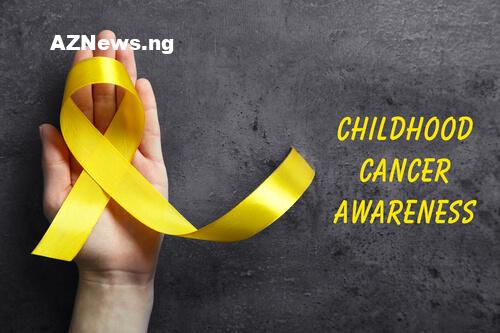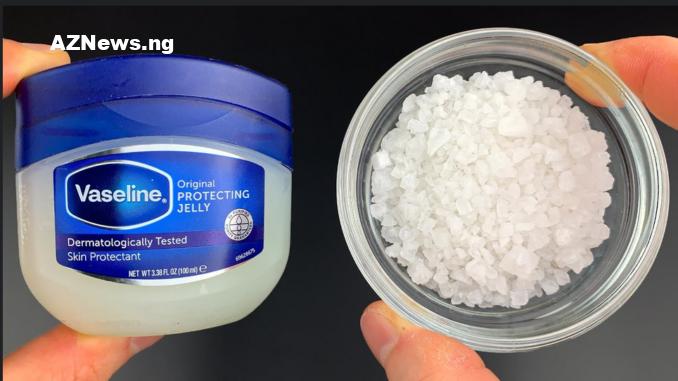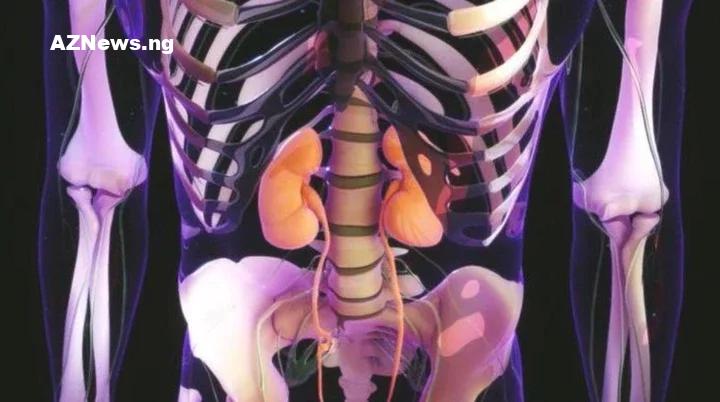BREAKING: Experts Call For Early Diagnosis, Increased Awareness

International Childhood Cancer Day (ICCD) is a global collaborative campaign, held annually on February 15, to raise awareness about childhood cancer and its unique challenges.
The commemoration while demonstrating support for children and adolescents with cancer, survivors and their families worldwide, also highlights the importance of community participation and support in tackling challenges related to childhood cancer.
Cancer is a leading cause of death for children and adolescents. According to the World Health Organisation(WHO), each year, an estimated 400 000 children and adolescents of 0–19 years old develop cancer.
The most common types of childhood cancer, WHO stated include leukemias, brain tumours, lymphomas, and solid tumours such as neuroblastoma and Wilms tumour.
It noted that the likelihood of surviving a diagnosis of childhood cancer depends on the country in which the child lives adding that in high-income countries, more than 80 percent of children with cancer are cured, but in many low- and middle-income countries, less than 30 percent are cured.
The international health organisation further stated that although childhood cancer cannot generally be prevented or identified through screening, most types of childhood cancer can be cured with generic medicines and other forms of treatment, including surgery and radiotherapy.
It went further to explained that in high-income countries, where comprehensive services are generally accessible, more than 80 percent of children with cancer are cured but in low- and middle-income countries, less than 30 percent are cured.
“Avoidable deaths from childhood cancers in low- and middle-income countries result from lack of diagnosis, misdiagnosis or delayed diagnosis, obstacles to accessing care, abandonment of treatment, death from toxicity and relapse.
“Only 29 percent of low-income countries report that cancer medicines are generally available to their populations compared to 96 percent of high-income countries,” WHO said.
WHO attributed the reason for lower survival rates in low- and middle-income countries to delay in diagnosis, an inability to obtain an accurate diagnosis, inaccessible therapy, abandonment of treatment, death from toxicity (side effects) and avoidable relapse.
Unlike cancer in adults, most childhood cancers do not have a known cause. Many studies have sought to identify the causes of childhood cancer, but very few cancers in children are caused by environmental or lifestyle factors, WHO says.
“However, some chronic infections, such as HIV, Epstein-Barr virus and malaria, are risk factors for childhood cancer. They are particularly relevant in LMICs. Other infections can increase a child’s risk of developing cancer as an adult, so it is important to be vaccinated (against hepatitis B to help prevent liver cancer and against human papillomavirus to help prevent cervical cancer) and to other pursue other methods such as early detection and treatment of chronic infections that can lead to cancer,” WHO added.
It proposed early diagnosis of cancer adding that when identified early, cancer is more likely to respond to effective treatment and result in a greater probability of survival, less suffering, and often less expensive and less intensive treatment.
“ Significant improvements can be made in the lives of children with cancer by detecting cancer early and avoiding delays in care. A correct diagnosis is essential to treat children with cancer because each cancer requires a specific treatment regimen that may include surgery, radiotherapy, and chemotherapy,” WHO said.
However, WHO noted that cure is possible for more than 80 percent of children with cancer when childhood cancer services are accessible.
It urged for more awareness of symptoms by families and primary care providers, accurate and timely clinical evaluation, diagnosis, and staging and access to prompt treatment.
Also speaking on the need for early detention, the National Coordinator of the National Cancer Control Programme, Federal Ministry of Health and Social Welfare, Dr Uchechukwu Nwokwu, stated that children have more tendency to survive than adults because their systems are still very functional.
Nwokwu who was speaking at a public enlightenment on Childhood cancer to commemorate 2025 International Childhood Cancer Day, recently in Abuja, explained that children have the capacity to resist some of the side effects of the drugs used to treat them and they recover quite fast.
“Also, if they have the opportunity to do stem cell transplant, they can survive it,” he said.
He revealed that in Nigeria, children constitute 7.2 per cent of the 127,000 cancer cases recorded annually.
“Data is being collated, however, the current one we have shows that we have 127,000 cancers annually in Nigeria, out of which, 7.2 per cent are children,” he said.
Nwokwu, however, stated that Nigeria is working hard to ensure that more priority is given to childhood cancer which include its inclusion in the Cancer Health Fund.
“Before now, there was this omission of attention toward childhood cancers.
“But that has changed, and I am sure that in 2025, childhood cancer would be captured by the cancer health fund. So, going forward children can now access their care from that fund,” he said.
Also speaking during a recent interview, a Consultant Paediatric Oncologist at the University of Abuja Teaching Hospital, Dr. Uduak Offiong, emphasised the importance of early detection and awareness in the fight against childhood cancer.
Offiong noted that while adult cancers have established screening programs, pediatric cancers require a different approach.
“Childhood cancer can arise unexpectedly, and it’s essential for parents to be vigilant. If a child’s fever persists despite treatment or if there’s swelling in the neck, abdomen, or head, parents should seek medical attention immediately,” Offiong advised.
The expert also stressed the need for healthcare workers to be aware of the signs and symptoms of childhood cancer, urging them to seek second opinions from pediatric oncologists when necessary.
Offiong highlighted the stark disparity in survival rates between low-income countries like Nigeria, where the rate is 30 percent, and developed countries, where the rate is 80 percent. She attributed this gap to the lack of mechanisms in place for diagnosis, treatment, and support.
However, Offiong expressed optimism about the growing response to childhood cancer in Nigeria, citing increased government attention and partnerships with the Federal Ministry of Health.
As awareness and efforts to combat childhood cancer continue to grow, Offiong and many other experts’ message is clear: early detection and awareness are key to saving young lives.



